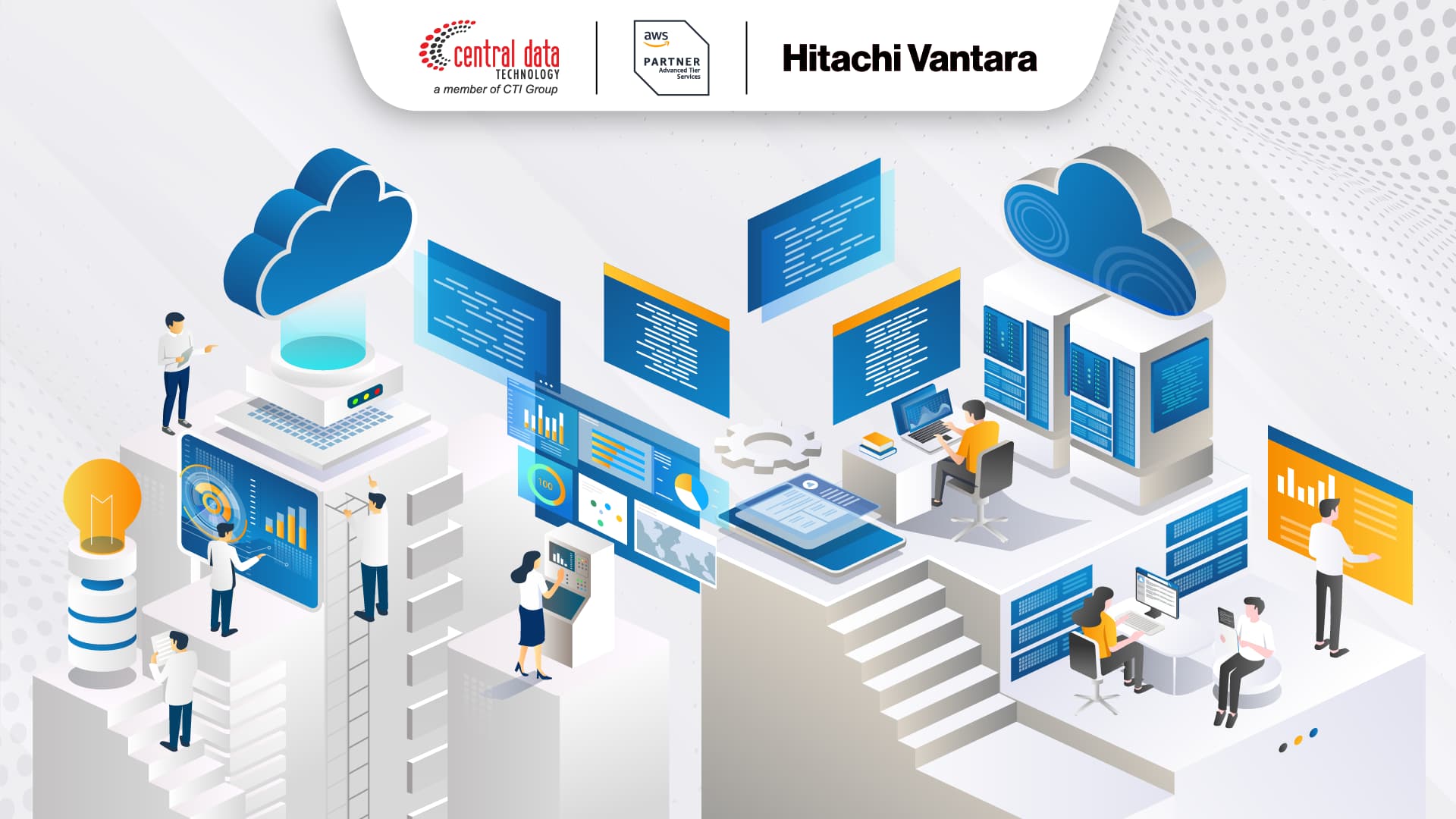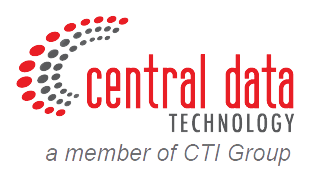
In an era where nearly 79 percent of companies experience at least one cloud-based data breach, a lack of backup is a fatal risk. While many organizations store data online, ironically, only 24 percent have a mature, documented, and regularly tested Disaster Recovery plan.
This fact highlights that most businesses could be devastated in a matter of minutes when a disaster strikes. Amid escalating cyber threats, over 60 percent of organizations are confident they can recover in just a few hours, yet only 35 percent can do so.
The global market for cloud backup is projected to grow from $4.69billion in 2023 to around $20.34 billion by 2030, with a CAGR of 24.4 percent. An enterprise cloud backup solution offers key advantages such as advanced encryption, geographical redundancy, automatic scalability, and automated recovery that can maintain business operational continuity during a crisis.
What is an Enterprise Cloud Backup Solution?
An enterprise cloud backup solution is a corporate-level data protection system that securely stores copies of critical data in a cloud environment, including hybrid and multi-cloud infrastructure. One of its primary goals is to maintain affordability, security, and operational continuity with fast and reliable recovery from various loss scenarios.
This solution is more than just a file storage system; it also captures application context and metadata to support the complete restoration of environments (not just individual files). It is also designed to run seamlessly with modern architectures such as Kubernetes, OpenStack, and cloud-native workloads.
Why is Enterprise Backup & Recovery Crucial for Companies?
As a robust and scalable data backup solution, enterprise backup & recovery is designed to handle modern needs, execute rapid recovery, comply with regulations, and keep data safe from complex threats. This solution combines the power of the cloud, automation, and advanced security as a critical foundation for corporate IT resilience in the modern era.
Enterprise backup & recovery plays a vital role in maintaining business continuity and protecting digital assets from cyber threats, hardware failures, or human error. A mature backup strategy ensures data is always available and can be quickly restored to minimize downtime, comply with regulations, support productivity, and ensure a consistent user experience.
Moreover, the increasing volume of data and the growing complexity of IT environments necessitate fast and automated data recovery. Therefore, it is crucial to build corporate digital resilience through cloud backup and hybrid solutions.
Key Features of Modern Enterprise Backup Solution
An ideal modern enterprise backup solution should have these key features:
- Hybrid/cloud and on-premises backup: Supporting a flexible approach between on-premises storage for fast recovery and the cloud for long-term backup.
- Immutable storage: Backups that cannot be altered or deleted to protect data from the risk of ransomware and internal or external manipulation.
- Automation and centralized management: Implementing automatic backup schedules and controls through a unified dashboard that minimizes the risk of human error and simplifies administration.
- API-based and application context backup: Capturing metadata and application configurations (e.g., in Kubernetes/OpenStack) rather than just files, for full environment restoration.
- Support for modern workloads: Integration with containers, VMs, SaaS, and cloud-native systems as needed for modern IT.
- Compliance and data sovereignty: Providing storage in specific geographical locations and security controls to comply with regulations such as GDPR, HIPAA, and Indonesia’s UU PDP.
- AI and smart automation: For the needs of monitoring, detecting backup anomalies, and automating backup/recovery settings.
- Copy summaries and optimization: Features like deduplication and compression can reduce bandwidth and storage usage while also speeding up the backup/restore process.
Types of Backups: Full, Incremental, dan Differential
There are three types of backups commonly used by organizations: full backup, incremental backup, and differential backup.
Full Backup
This is the most basic and comprehensive backup method, creating a complete copy of all existing data. This type can simplify the recovery process, but it consumes a lot of space and processing time.
Incremental Backup
This type only stores data that has changed since the last backup (whether full or the previous incremental). This method is relatively more space-efficient and faster to perform. However, the recovery process can be more complex because it requires all backup data.
Differential Backup
Meanwhile, a differential backup stores data that has changed since the last full backup. This type is easier to recover as it only requires the latest full and differential backups, although the size of the backup files can grow over time.
Technology Trend in Backup and Recovery: Cloud, Immutable Backup, dan AI
In line with increasing technology trends, cloud-based and hybrid backups have now become the primary choice for increasing flexibility and accelerating the recovery process. In addition to the cloud, backup and recovery trends also include immutable backup and AI.
A hybrid cloud model enables real-time replication, immutable file versions, as well as a combination of local performance and cloud stability. Meanwhile, an immutable backup is a backup that cannot be modified, deleted, or encrypted for a certain period, making it highly effective against ransomware attacks and human error.
Immutable backup helps organizations achieve regulatory compliance and ensure data integrity. On the other hand, AI integrated into backup and recovery can enhance automation capabilities, detect anomalies, plan proactive restores, and simplify operations.
Criteria to Choosing the Right Enterprise Backup
There are several criteria that must be considered when choosing the right enterprise backup solution for your organization’s needs. Here are six of those criteria:
Management and Scalability
The backup solution must be able to support hybrid/multi-cloud, centralized administration, and automation of backup policies for multi-environments.
Security and Compliance
Ensure the backup solution supports immutability, encryption, role locking, and audit trails to protect against ransomware threats and meet regulatory standards.
Operational Efficiency
Ensure technologies such as incremental or differential backups that save space and bandwidth, with synthetic/full or incremental-forever options to optimize backups and restores.
AI-Based Automation
Automated recovery, integrity validation (testing), anomaly detection, and self-healing operations to speed up recovery and minimize downtime.
RTO/RPO
Ensure the backup solution has fast restore capabilities, including a low Recovery Time Objective (RTO) and Recovery Point Objective (RPO) to minimize downtime (e.g., a differential requiring only one additional file or instant recovery from a backup image).
Reliability and Verification
Features for automatic backup validation are important to ensure backups are not corrupt and are always ready for use.
Case Study and Tangible Benefits of Enterprise Backup Implementation
In several cases, enterprise backup implementation has been proven to help organizations gain tangible benefits, from data recovery processes in just a matter of minutes to a significant increase in performance.
Case Study of Enterprise Backup Implementation
The implementation of an enterprise backup solution by 1st Security Bank helped the data recovery process take only minutes. With a very simple process, the system could be back online in just two hours, and the intuitive UI helped help desk staff perform restores without special training.
Since switching to an AWS S3 solution, Amazon.com has noted a 12x performance increase in restore time from approximately 15 hours to just 2.5 hours. This step also eliminated dependence on expensive tape hardware and backup software and comprehensively accelerated the recovery process.
Tangible Benefits of Enterprise Backup Implementation
There are five main benefits of implementing enterprise backup in an organization, including:
- Efficient data recovery: It is almost instant and has minimal downtime, which ensures business operational continuity.
- Simplified operations and use: Implementation and UI are easy to use so that non-technical staff can perform restores independently.
- Maximum scalability and compliance: With the ability for automation, multi-region, encryption, and tenant isolation, it can support regulatory compliance and business growth.
- Data security and protection from attacks: Attacks such as ransomware are thwarted thanks to features like immutable backup, dedupe, and encrypted storage that can maintain data integrity.
- Cost and infrastructure efficiency: By eliminating the need for expensive hardware, it reduces operational costs while increasing resource efficiency.
Read More: Disaster Recovery Plan: An Effective Strategy to Protect Businesses from Disasters and Cyber Attacks
AWS x Hitachi Vantara: Enterprise Cloud Backup Solution
AWS dan Hitachi Vantara offer an enterprise cloud backup solution to support the needs of businesses that are always active. This combination of solutions from two technology giants ensures data backups are secure and efficient.
AWS Backup
AWS Backup is a cloud-native and policy-driven solution capable of simplifying data protection across AWS services and hybrid environments. With a centralized console, companies can easily manage backups, compliance automation, and multi-account and multi-region recovery.
The main advantages of AWS Backup include immutable vaults for ransomware protection, automated recovery testing for business continuity, and real-time analytics to ensure data governance adheres to enterprise standards.
Hitachi Vantara Data Protection Solutions
Hitachi Vantara offers a comprehensive and resilient hybrid-cloud backup solution. By combining an integrated architecture with storage immutability and high-speed recovery, this solution ensures a high level of protection for corporate data.
Hitachi Content Platform (HCP) ensures companies get S3-compatible cloud object storage, support for metadata search, and strong governance. Meanwhile, VSP One with Public Cloud Replication provides policy-based replication to the public cloud, guaranteeing 100 percent data availability while simplifying hybrid storage management.
Use Case
Companies need a secure and efficient backup solution in a rapidly developing digital era. AWS Backup is an ideal solution for organizations that prioritize automation, compliance, and hybrid cloud protection with a centralized, policy-based model.
Meanwhile, Hitachi Vantara is the right choice for data protection for companies that need an integrated backup architecture, cyber-resiliency, and global access to files to support productivity without compromise.
Get AWS and Hitachi Vantara Solution Only at CDT
Increase your business agility with AWS Backup and Hitachi Vantara solutions exclusively at Central Data Technology (CDT). From scalable cloud infrastructure to reliable enterprise-grade data storage, CDT presents the best technology to accelerate digital transformation, reduce operational costs, and ensure your business’s security and compliance.
As part of the CTI Group, CDT is supported by an expert team, integrated solutions, and end-to-end services to help you design, manage, and optimize modern infrastructure. Contact the CDT specialist team now to optimize your business with AWS and Hitachi Vantara solutions.
Author: Ervina Anggraini – Content Writer CTI Group

